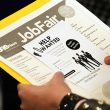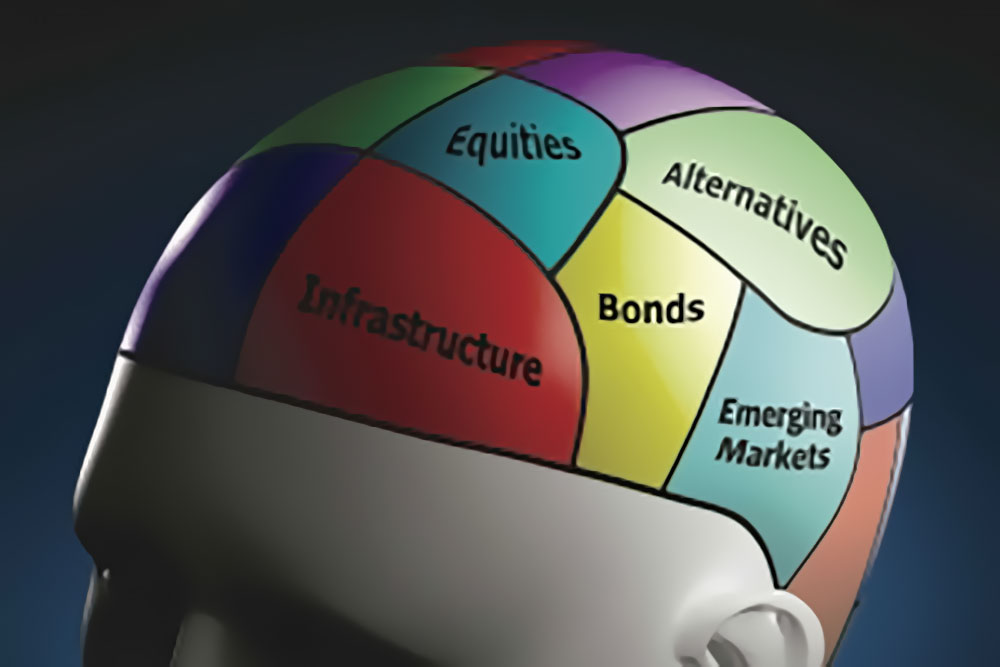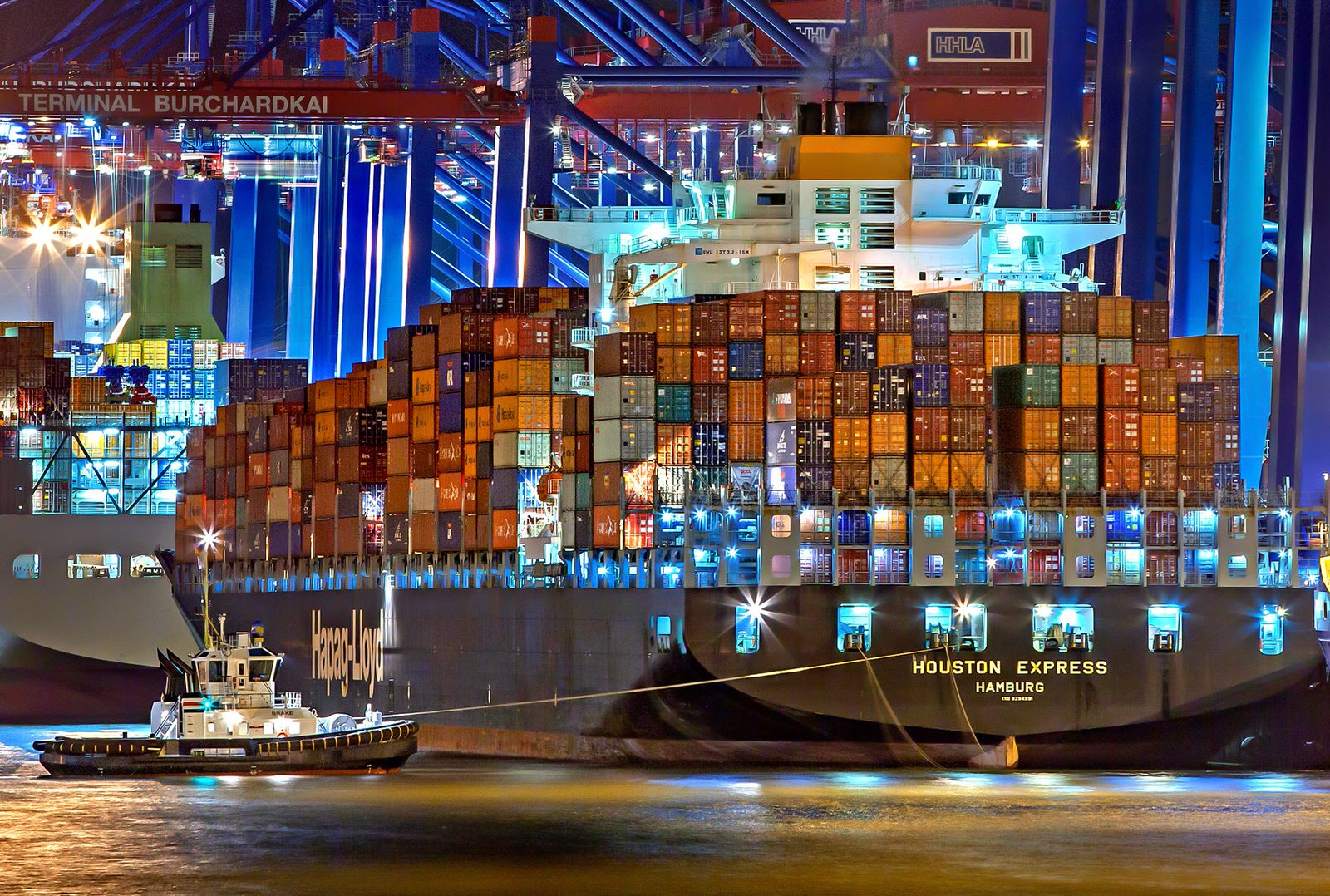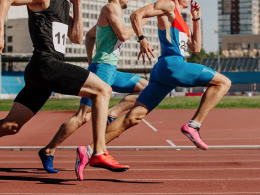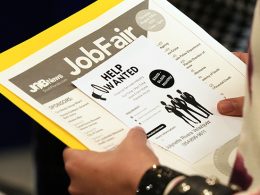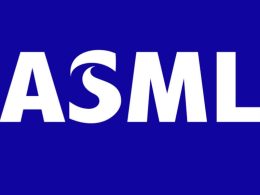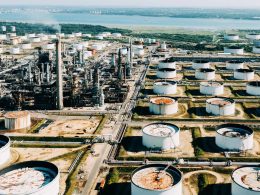Capital Group’s Jared Franz and David Polak dissect the shifting sands of U.S. trade policy, the evolving role of tariffs, and the implications for markets and investors.
As the drumbeat of protectionism grows louder, financial professionals are rethinking globalization, market access, and economic strategy. In a recent episode of the Capital Ideas1 podcast, Will McKenna guides a rich conversation between Capital Group economist Jared Franz and investment director David Polak, unearthing critical perspectives on the future of U.S. trade, inflation, and investing.
Their message? Tariffs aren’t just back—they’re embedded in a broader paradigm shift that’s reshaping the global economic landscape.
From Late Cycle to Mid-Cycle: A Unique U.S. Rewind
The U.S. economy, once teetering at the late stage of its cycle, is showing signs of rejuvenation. Jared Franz sets the stage with an unconventional take:
“We were in late cycle... and it’s my view that we’re actually moving the other way. So unlike any other cycle we’ve had post World War Two, we’re moving back from late cycle to mid cycle.”
Franz described this as a rare reversal—a “Benjamin Button cycle”—that’s ushering in a surprisingly fertile environment for investors. Mid-cycle regimes historically deliver attractive returns, often in the 10% to 15% range, creating a sturdy foundation for navigating policy uncertainty.
The Tariff Toolbox Reopens
Against this backdrop, the discussion turns swiftly to the issue at hand: tariffs. The threat is real, and history is a guide.
“What does a tariff do? Right? It raises the price of goods and services... And we know from history, from the first Trump administration, that we did see an impact from tariffs... So we see that price level go up.”
Franz emphasizes that while tariffs do increase consumer prices, the pass-through rate is partial. On average, he estimates 30–50% of tariff-related costs reach the consumer. Still, even modest increases risk reigniting inflation concerns, particularly if tariffs are escalated in a stepwise fashion—a worst-case scenario:
“Consumers see it as an inflationary process rather than a one-off process... and they embed it into inflation expectations... That’s dangerous.”
For now, he notes, there's little evidence of this ratcheting effect taking hold—but the risk remains front and center.
Strategic Targeting: Tariffs With Political Precision
Franz offers a nuanced take on how tariffs might be implemented in a second Trump term, arguing that consumer-focused carveouts are likely:
“If you're a benign overlooker of the economy... you would protect consumers... and maybe you tariff more the non-consumer sector.”
This approach would align with political imperatives: protect voters from price shocks, while shifting the burden to businesses with greater price flexibility. Still, early signals have lacked clarity, prompting fears of across-the-board tariffs.
Europe in the Crosshairs
While much attention has centered on China, Franz suggests Europe could be next in line for tariff scrutiny:
“The Trump team... believes Europe has prevented the expansion of markets by U.S. companies... Regulatory scrutiny on banks, regulatory scrutiny on tech... And one thing that has become known... is that reciprocity is important.”
Indeed, tariff imbalances are stark. On average, U.S. exports face double the tariffs imposed on European goods entering the U.S.—a fact that could fuel both the justification and the political appetite for new barriers.
“They’ve enjoyed this benefit for decades. Now there’s payback.”
And the stakes are high. For heavily export-dependent nations like Germany, loss of access to the $30 trillion U.S. economy would be a significant economic blow:
“That’s recessionary for those countries.”
Tariffs as a Negotiating Weapon
Beyond protectionism, Franz describes tariffs as a potent bargaining chip, designed to force structural concessions:
“That’s going to be the quid pro quo... we won’t put you in recession as long as you give our companies access to your market.”
Demands could span defense spending, pharmaceutical pricing, regulatory harmonization, and—critically—the localization of production. European and Asian companies, take note: investing in U.S. facilities may be the cost of continued market access.
“The faster these firms understand that, the faster they'll get in the good graces of the administration.”
A New Globalization: Still Alive, But Transformed
Despite the protectionist tone, Franz dismisses the idea that globalization is dead:
“We haven't seen a collapse... just seeing it at basically the same rate it was.”
However, the character of globalization is shifting—from sprawling international supply chains to regionally concentrated production. The goal? National resilience and political buy-in.
“The marginal factory is gonna be... closer to home and maybe actually domestically in the U.S.”
This transition, Franz suggests, is more than economic—it’s existential. Voters demand change, and governments are responding with policy tools designed to rebuild industrial bases and restore a sense of control.
Investment Implications: Winners and Losers
Franz highlights sectors likely to benefit in this new regime:
“It’s gonna be construction companies, it’s gonna be industrial companies... Also, like, just transport. Rails is a good example.”
Banks may also gain from increased loan demand tied to factory construction and infrastructure financing. Conversely, margin-sensitive sectors like retail face headwinds:
“Retail is a good example... That’s a tough one.”
Automation, robotics, and AI may provide a lifeline, particularly in labor-intensive sectors where reshoring would otherwise be uneconomical.
The Productivity Counterweight
Franz’s most optimistic note comes at the intersection of AI, automation, and demographic decline. He sees the potential for a new era of productivity-led growth:
“What if you don’t need the demographics to help you and all the growth comes from productivity? That’s big.”
In this light, the U.S. could become a leaner, more automated industrial powerhouse, capitalizing on technological breakthroughs to offset aging demographics and supply-side pressures.
Failure of Imagination: The Hidden Risk
Polak closes with a powerful reminder:
“Often we think of risk to the downside... but there’s also the risk of failure of imagination.”
Indeed, Franz acknowledges the possibility of a positive surprise—an abrupt rollback of tariffs if favorable trade deals are struck:
“That would be to me something akin to a nirvana scenario... strong growth... low inflation... a great environment for not only the tech firms, but also non-tech, the rest of the S&P 493.”
Still, he cautions, it’s not a scenario he’s prepared to bet on.
The Takeaway: Prepare for a New Playbook
Franz’s final message is clear:
“Interest rates are gonna be higher. Tariff rates are gonna be higher. Protectionism is going to be higher... and we just have to accept it.”
Investors must shift their mindset. The neoliberal order—once anchored in free trade, global labor arbitrage, and deregulation—is giving way to a more fragmented, politically charged framework. Volatility is the new constant. And for those who adapt, opportunity awaits.
Footnote:
1 "Are tariffs a threat to the U.S. economy? | Capital Group." 20 Mar. 2025, www.capitalgroup.com/advisor/insights/podcast.html.


